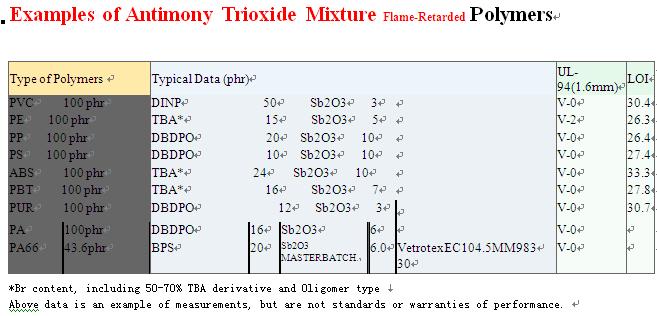LONDON, May 5 - A credit crunch, economic downturn and now swine flu have knocked down expectations of a swift return to a commodities super-cycle, but signs have emerged of more adventurous trading strategies.
As proof of investor interest, flows of new money into commodities in the first quarter have been estimated at record levels as cheaper markets provided buying opportunities.
London Metal Exchange copper has risen by around 50 percent so far this year and U.S. benchmark crude futures have gained 22 percent.
The most investment in the first quarter went into single-commodity exchange-traded funds (ETFs), also known as exchange-traded products, which allow investors to buy a share in raw materials in a similar way to acquiring an equity stake in companies.
Daniel Wills of ETF Securities, an ETF specialist, said investors had become bolder after a period of carefully focusing on individual commodities.
"What we've seen more recently is investors starting to broaden their exposure and come out of their shell a little bit," he said.
"Initially that was into perhaps less of the safe-havens, moving away from gold. The next round of flows we saw were into silver. Most recently we've started to see a pick-up in the more industrial-related precious metals such as platinum and palladium."
After "massive deleveraging" at the end of last year out of the commodity indices, or baskets of commodities traditionally favored by long-only investors, there were tentative signs of positioning for economic recovery, said Olivier Jakob of Petromatrix.
"The composition of the passive investment has been different," he said.
"But a trend is starting to be visible...it could be investors are heading back to the broader indices to have a broader exposure and position for a potential recovery later in the year."
In addition, traders and analysts have said some appetite for risk had returned as under-investment in new production because of price weakness was expected to drive strong rallies as soon as a firmer economy stimulated commodity demand.
"We believe that this is very bullish for commodity prices over the medium term. Only a small recovery in end-user demand is likely to push many commodity prices sharply higher -- most likely in the second half of 2009," said Shaun Port of British-based Fitzwilliam Asset Management.
OUTLYERS
Base metals are considered among the most sensitive to early signs of economic recovery and increased industrial output.
Oil, as the most liquid of all commodities, would also be expected to respond quickly.
Its price has been moderated by huge levels of inventory, but supported by rapid action from the Organization of the Petroleum Exporting Countries, which has reduced output at a record rate.
"The differentiating feature is how quickly supplies have been curtailed in response to the price collapse and demand contraction," said Lawrence Eagles of JP Morgan in a note.
"The furthest ahead in the process seems to be oil and some of the base metals.
Reuters' latest poll of oil analysts found they had raised their forecast for the first time since July last year.
The survey predicts an average of nearly $51 in 2009 for U.S. crude, just short of Tuesday's price of around $54.
The market is still far from last year's record of nearly $150 and more cautious analysts point to the bearish factors.
EXCESS OF ENTHUSIASM?
World stock markets have this week climbed to four-month highs as traders anticipated a return to economic growth before the end of the year.
Some analysts have argued the equities strength could be premature and would therefore fizzle out.
In particular, the risk the swine flu outbreak that began in Mexico could worsen has increased the chances the economy could take longer than previously expected to recover.
Most commodities would be dragged back down in sympathy with any stock market correction, analysts have said, unless they shake off this year's habit of taking direction from equities.
Readjusting focus to the fundamentals of supply and demand would not necessarily push markets higher.
Even the ability of China -- a major consumer of raw materials that has maintained growth while the rest of the world has dipped into recession -- to support commodities is less than certain.
Richard Batty of Standard Life Investments said investors believed China could keep growing, but not to the extent that would send commodity prices surging.
"The market appears willing to believe a 6-8 percent GDP growth level in 2009 is possible -- a subdued growth rate by recent standards and not a sustained driver of commodity prices in the years ahead," Batty said.








0 comment:
Post a Comment